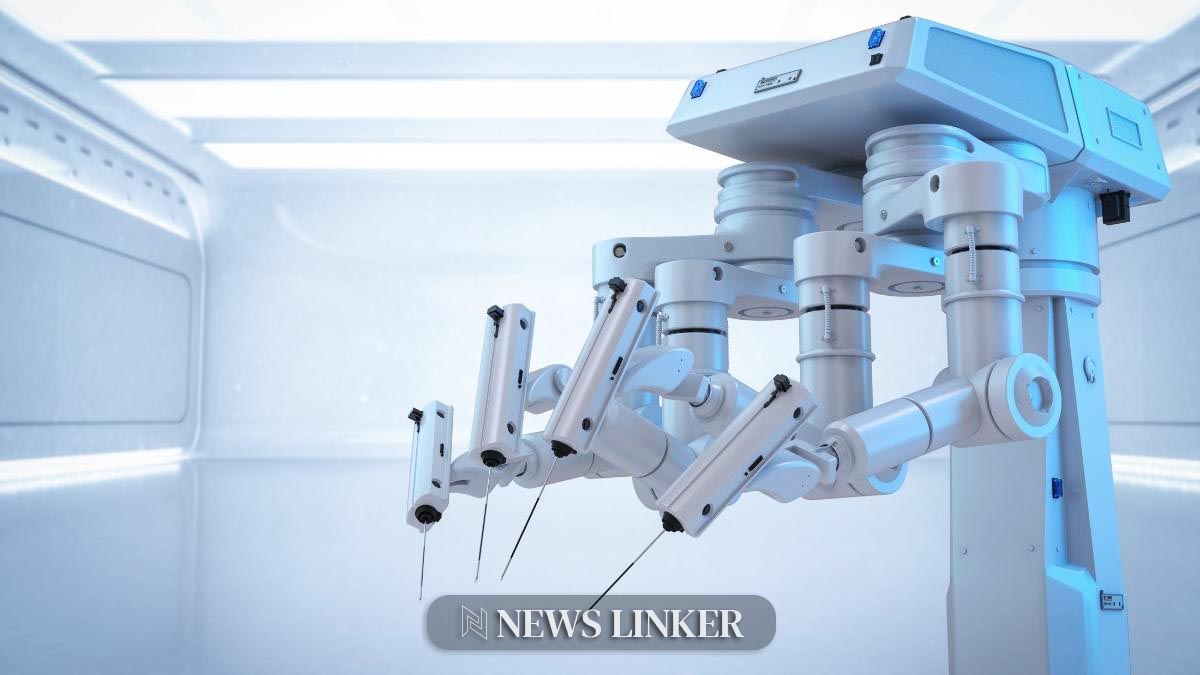In a pioneering effort to understand the mysterious communication of sperm whales, Project CETI (Cetacean Translation Initiative) has taken to the waters off Dominica’s coastline. This groundbreaking project combines advanced technologies and scientific disciplines, including soft robotics and machine learning, striving to interpret the complex “click” language of these colossal marine mammals. The initiative prides itself on its commitment to non-invasive research methods, utilizing custom-designed tags that adhere to whale skin without harming the creatures—a testament to the project’s ethos of empathy and conservation.
Respectful Robotics: Non-Invasive Tags for Whale Study
Project CETI’s mission transcends decoding whale communication; it seeks to foster a deeper connection between humans and marine life through its technology. The team’s non-invasive approach is crucial, as the adhesive tags gather valuable data while respecting the whales’ well-being. These tags, fitted with heart sensors, microphones, and a plethora of other sensors, enable the team to monitor not only the tagged whale but also its surroundings, offering insights into the underwater dynamics of sperm whale pods.
Innovative Suction Cup Design Mimics Marine Life
A key challenge for Project CETI has been ensuring the tags remain affixed to the whales long enough to collect consistent data. Drawing inspiration from nature’s own designs, the team has developed suction cups that emulate those found on aquatic creatures. These bio-inspired grippers have undergone rigorous testing, evolving from standard shapes to more sophisticated forms, such as ellipses and teardrops. This adaptive design allows the cups to maintain their grip on the whale’s skin, even amid the multitude of pressures encountered in the marine environment.
Continuous Improvement in Whale Tagging Techniques
Project CETI continues to refine its tagging strategies, utilizing both manual pole tagging and drone technology to affix the devices onto the whales. The team emphasizes the importance of the tags’ detachability, ensuring that they can recover the devices and their precious data without causing undue stress on the animals. The project remains dedicated to innovation, with future plans to develop tags that can reposition themselves on the whale and potentially recharge, minimizing human interaction and environmental impact even further.
Throughout the history of marine research, the study of sperm whale communication has evolved significantly. Initial research often relied on invasive methods that caused distress to the animals. Over time, the scientific community recognized the need for more ethical research practices. As a result, there has been a transition towards methods that prioritize the welfare of marine life. This shift set the stage for subsequent endeavors, including Project CETI, which has become a model for modern, ethical marine research.
In exploring related topics, a feature from Wired titled “The Quest to Decode the Sperm Whale Language” delves into the efforts of researchers to understand cetacean communication. Another relevant article, “How Drones Are Revolutionizing Marine Wildlife Studies” from National Geographic, illustrates the impact of drone technology on marine biology, particularly in observing and collecting data on marine species without direct interference.
Useful Information
- Project CETI uses non-invasive tags to study sperm whale communication.
- Advanced suction cup designs are inspired by aquatic creatures.
- Tags equipped with multiple sensors offer a three-dimensional view of whale interactions.
Project CETI’s commitment to non-invasive research practices not only preserves the dignity and well-being of sperm whales but also represents a significant leap forward in marine biology. By harnessing robotics and AI within an ethical framework, the project is paving the way for richer, more accurate scientific understanding. This pioneering work underscores the possibility of conducting sophisticated research that aligns with conservation values, which may inspire future initiatives across various scientific disciplines.










